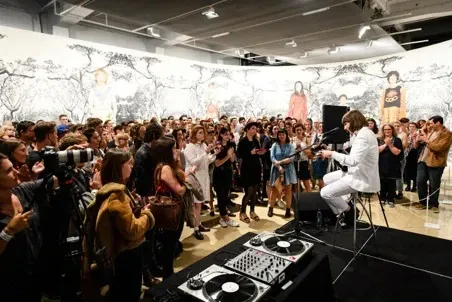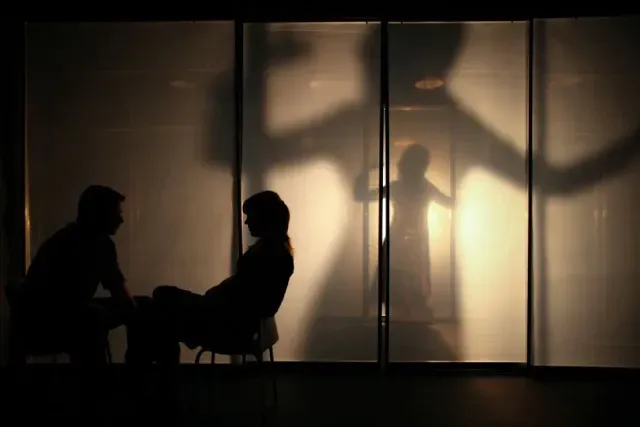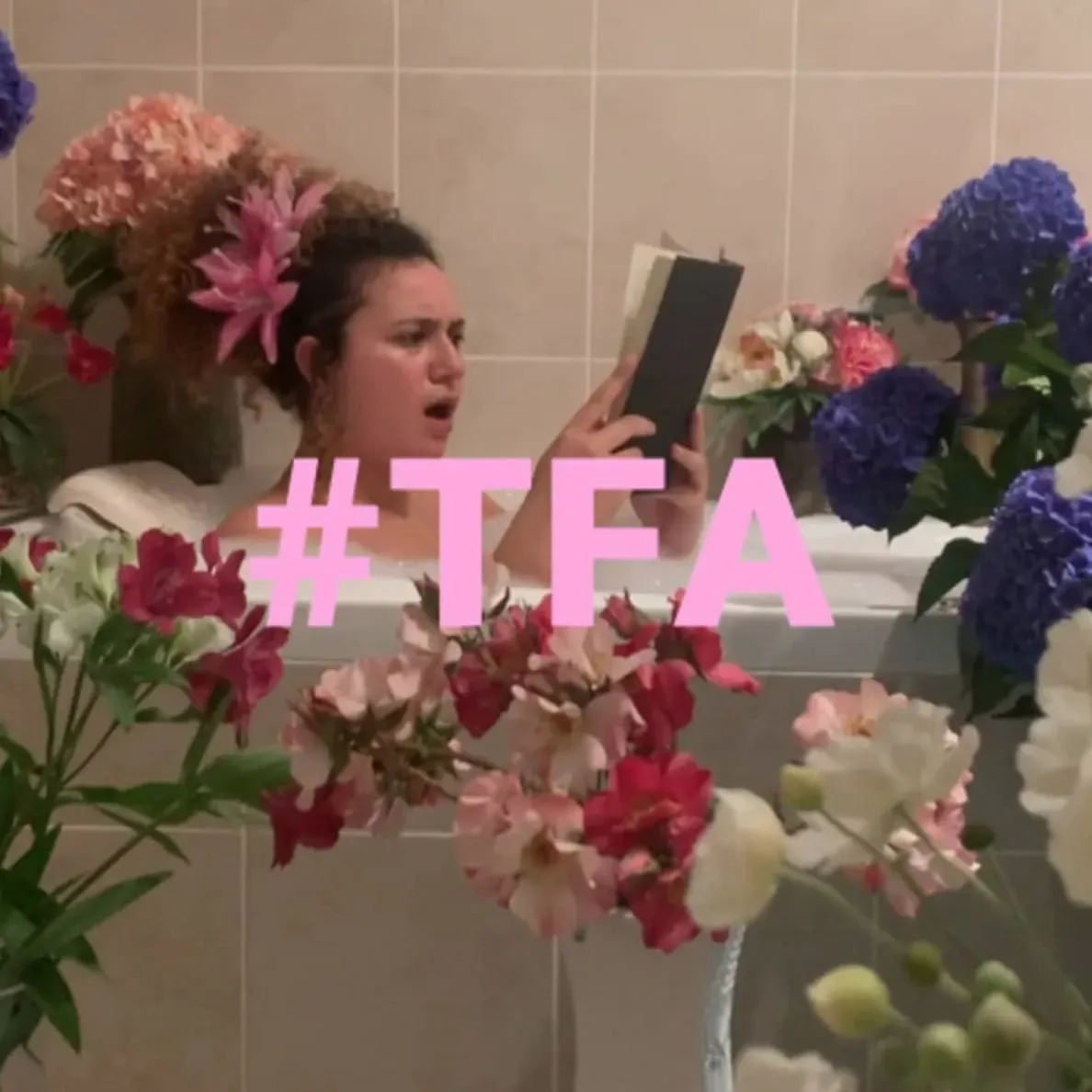Monastra Goes Full Circle
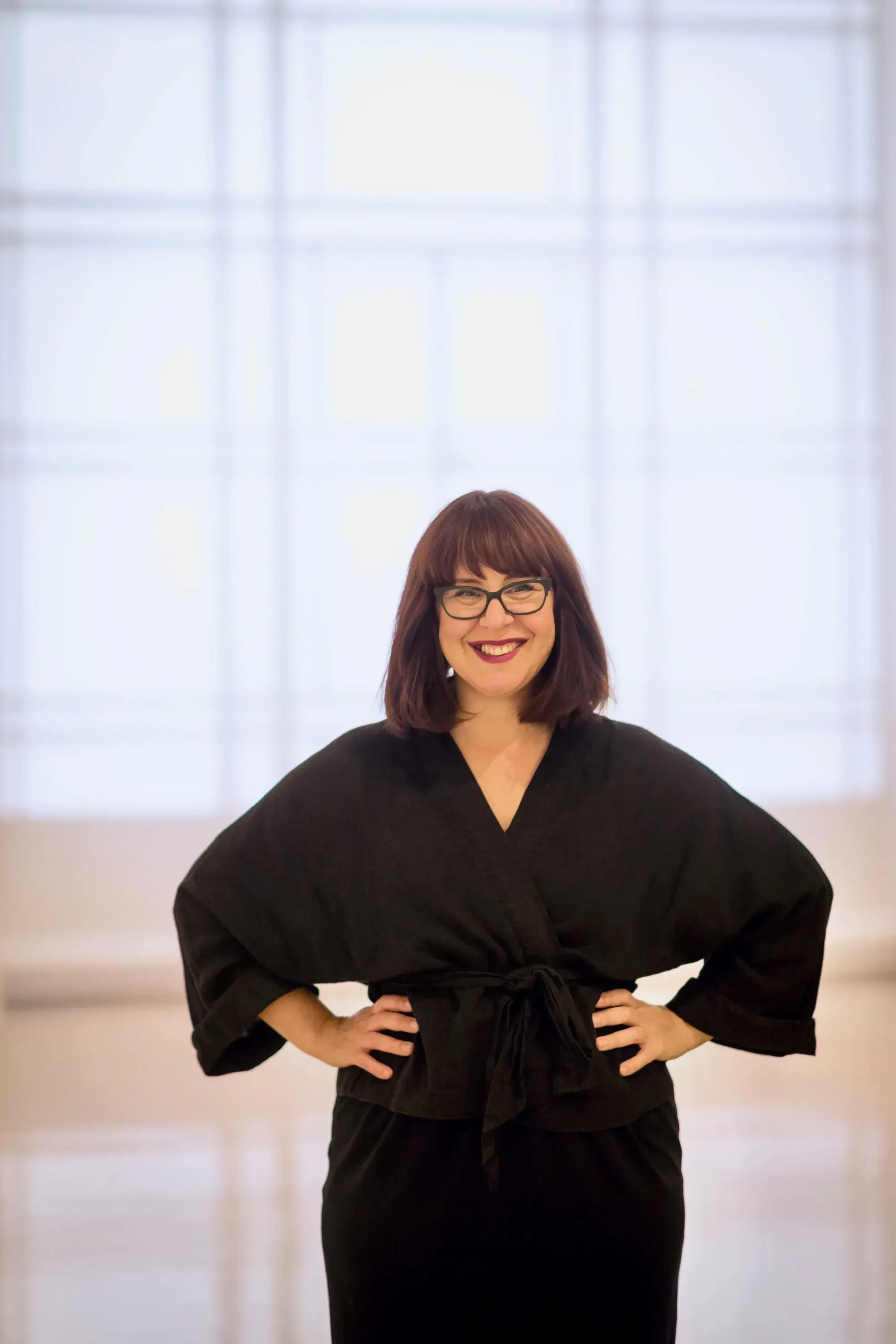
2020 was always going to be a big year for Tracey Monastra.
Even back when a pandemic felt a million miles away, when lockdown was reserved for penitentiaries and when being offered a face mask meant you’re in for some kind of spa treatment to make your skin glow.
But her decision to step up as Creative New Zealand’s new Advocacy Manager at the beginning of the year has been made even more crucial as her beloved arts sector reeled and now recovers from the emotional and economic tsunami that is COVID-19.
Monastra was appointed to the position well before the virus made its unwelcome presence felt on our shores. The task was already an important one back then.
Like for most people, COVID has dramatically changed the landscape for Monastra. “The need for arts advocacy was always there, it’s now become way more acute,” she explains. “The crisis has revealed the fragility and vulnerability of the sector, the ways in which we need to work so much harder on sustainability and our interdependence with other sectors. It’s also revealed how essential the arts are in times of crisis – and if given the chance, the role artists can play in our collective recovery.
“In every crisis, there are opportunities. This sector is doing it really hard and the impacts will be felt for a long long time but the ability for us to organise, to come together, to communicate better, to join dots between various groups really matters right now.”
And that’s where Monastra comes in.
20 year journey
CNZ’s Advocacy Manager role, at the helm of a newly formed team, is one she’s seemed destined for. After all, it’s bringing Monastra back to where she kicked off her professional journey around twenty years ago.
She recalls her first introduction to CNZ. “I came in as an administrator for what was then the Communications and Advocacy team. I was fresh out of varsity and wanting to understand how an agency like CNZ operates. I wanted to understand the connections between arts policy, public policy, government, a funding agency like CNZ and artists.
“I was also trying to figure out how I could have a practice as a creative. I was working as a theatre maker and a theatre designer and I needed to pay the rent but I wanted to keep whatever the day job was within the sphere of the arts as well. It was about having a lot of tools in the kete.”
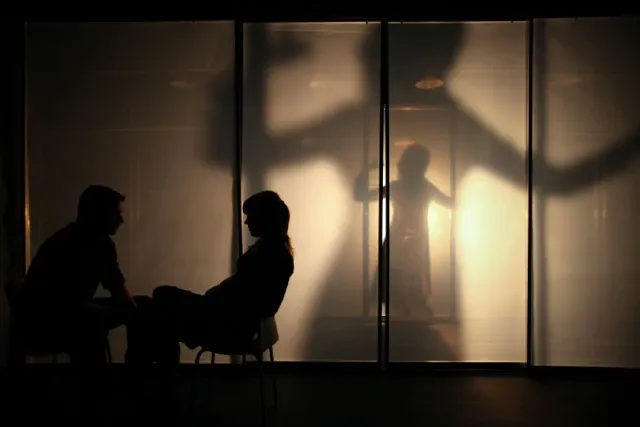
Some of Tracey Monastra's theatre design work; Death and the Dreamlife of Elephants, Bats Theatre, 2009
Monastra continues, “when I first worked at CNZ, it was an extremely formative time. Thinking back on it, I didn’t know then how much it would set the tone for things later on in my career. It taught me to think about the arts in relation to government policy and the connection to the lived experiences of artists on the ground.
“I also learned about keeping sight of the big picture and how to raise questions about arts’ impact on communities and how we might better articulate the value of the arts.”
She was only in the admin job a couple of years, but in that time she experienced first-hand how powerful advocacy can be. It was during the time of Helen Clark’s Cultural Recovery Package, “I saw what it meant for the Prime Minister to take on the arts portfolio and what they could do with it in a visionary way.”
New ground was broken during this era. Advocacy helped get weekly arts coverage into every Metropolitan newspaper in Aotearoa. Monastra was also part of the project behind New Zealand’s historic first presentation at the Venice Biennale. It’s no wonder she looks back on her initial stint at CNZ with fondness and why she was enticed to return when the new leadership role became available. “I can see how essential the work is, it’s really exciting and compelling to come back.”
Consummate connector
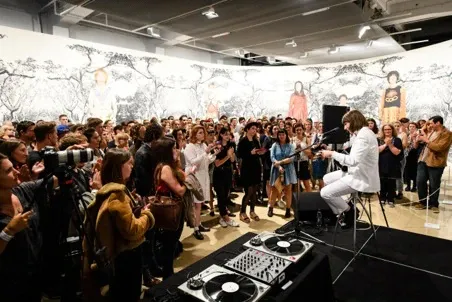
Aldous Harding performs within an exhibition by Cindy Sherman, City Gallery Wellington, Tuatara Open Late, March 2018.
Monastra’s time between CNZ posts hasn’t exactly been idle. As well as her theatre design and other creative projects, she’s also had two thoroughly productive stints at City Gallery Wellington. The last seven years have seen her focus on designing public programmes to engage audiences with exhibitions, work she describes as “immensely satisfying.”
That’s part of what makes Monastra tick. “I’m a deep believer in the arts and the transformative power that art can have on individuals, on whānau, in schools, at every level of society.
“I’ve worked in the arts my entire professional career. I’ve been a practitioner, I know what it is to make work and the bravery to put that in front of an audience. But also I’ve done that connecting work by working within galleries, being a kind of glue between artists and audience.
“The way the arts enrich, excite, make sense of the world, how they challenge people to think about things in new and often complex ways - I feel like I’ve got a lifetime of those experiences and if we can help more people engage with that, then our society will be in a better place.”
Lockdown legacy
That was certainly to the fore during lockdown. Confined to homes, New Zealanders turned to the arts in their droves to help keep their four walls feeling like a home and not a holding cell.
Still settling into her role, Monastra sensed an opportunity to make sure that message was heard. “One of the first pieces of work that we delivered as a new team was the Thankful For Art #TFA campaign. That just felt like a very timely intervention to say ‘imagine lockdown without art? We can’t.’ We need to appreciate and value what the arts are bringing to our life. If (NZ) went through lockdown without books, films, dancing, creating, crafting, just imagine how much bleaker it would have been.”
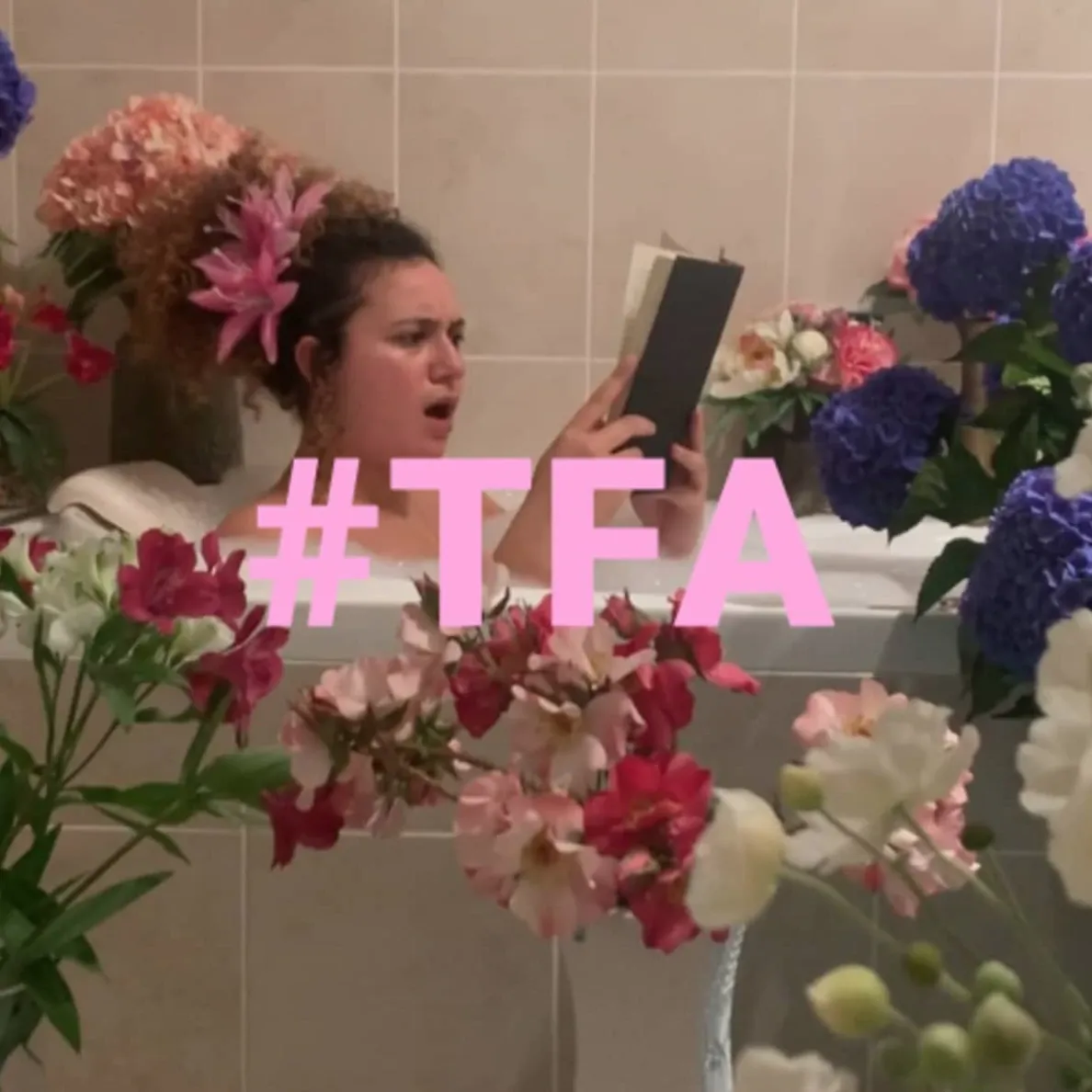
Creative NZ's successful #TFA campaign featured a number of NZ artist talents like Rose Matafeo.
As Monastra said herself, there are opportunities within a crisis. The way the arts are viewed by government and corporate groups has been a welcome shift from where they were pre-COVID. Monastra’s job is to hammer home that crucial message at every given chance.
“People are open to conversations, which is terrific, and they’re open to understanding the ecosystem because it is hugely complex, with lots of interdependencies, particularly the funding aspect. So now we have the opportunity to, in a lot of ways, go back to basics and say this is what the arts contribute, this is what they can do, this is how awesome they are, this is why you want to be on board.”
Don’t confuse her enthusiasm with simple cheerleading. Decades of experience have taught Monastra the importance of tactical preparation. “Advocacy works in lots of different ways to lots of different audiences. All of those groups – central and local government, business, the (arts) sector, other funders - they’re all part of the puzzle and all audiences for this advocacy mahi.”
Greater good
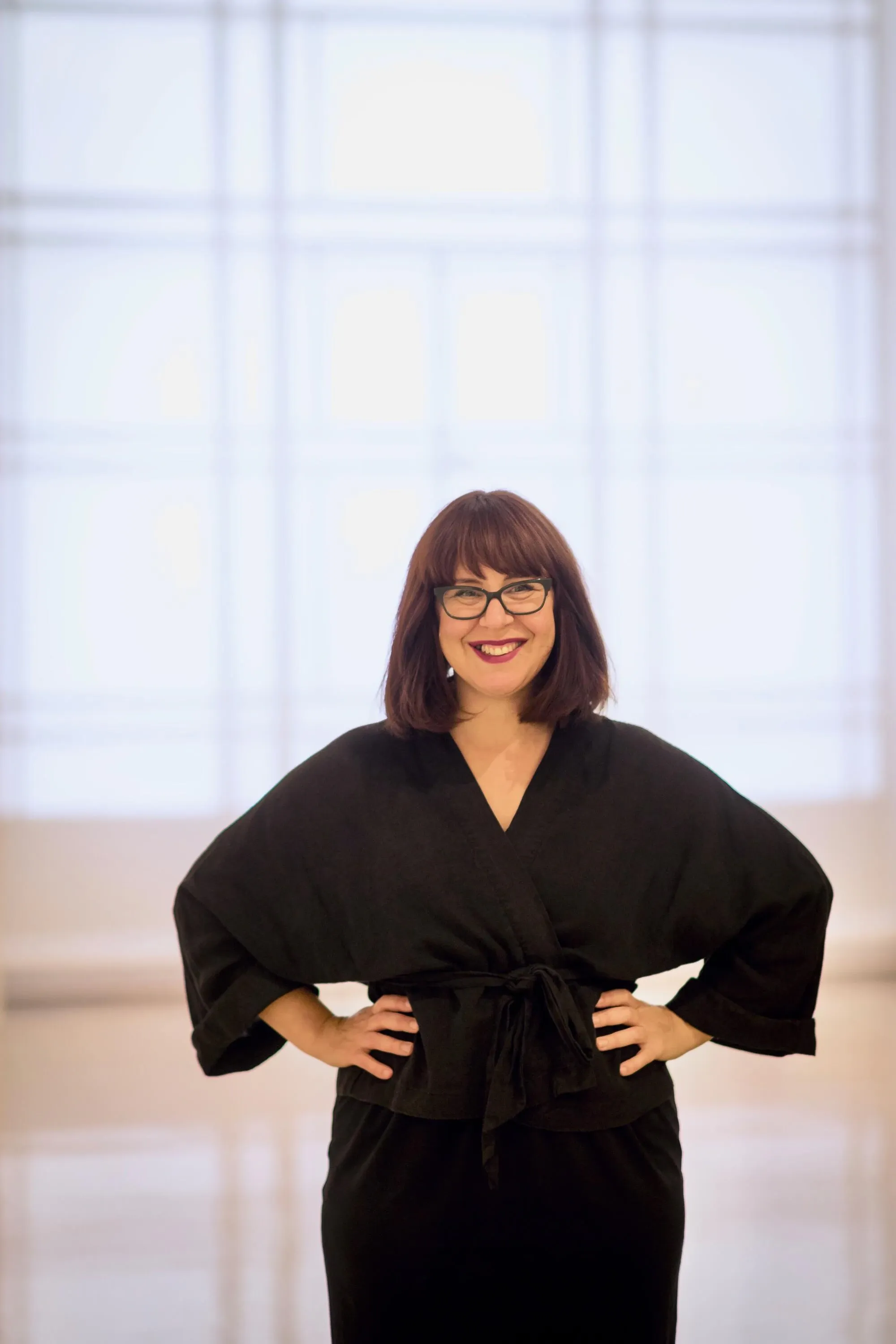
Tracey Monastra.
Monastra has been impressed with how the sector - from organisations to individual artists - have harnessed the sense of collaboration that’s come through the crisis. “People just got talking. It was absolutely amazing how the artform silos broke down, people started really discussing the shared issues and understood the need to look beyond the individual agendas of particular artforms and work much more collectively,” she enthuses.
“It‘s about taking that energy and keeping it going, joining up that thinking and finding a language and messages that we can collectively agree on. If everyone engaged in arts advocacy is singing from the same songbook and we build up resources, data, evidence and stories - then we have a much better shot of actually switching the dial.
“For me, relationships are at the heart of this work. That’s really a big focus for us because we know that if we can be a trusted collaborator, a voice that people come to for advice then that really drives so much of the advocacy.
“It’s also about understanding where we as CNZ are uniquely resourced and mandated to lead work and where it’s much better for us to amplify the work of others, like the exciting leadership shown by the likes of Te Taumata Toi-a-Iwi. We’re all adjusting to the new normal and we all have that shared desire to build back better.
“I just want to help make things better. I’d love to see Aotearoa fully embrace the transformative potential of the arts. And if we - my team and I - along with everyone else advocating for the arts, can in some small way help grow the pie and grow the understanding of the value of the arts, then I’ll feel like I’ve done a good job.”
Who Got the Gig?
For 19 years, The Big Idea has helped creatives find work and opportunities in New Zealand and arts organisations and creative companies find the right people.
Did you advertise your new gig - or score it - through The Big Idea? Tell us about it! Email editor@thebigidea.co.nz.
If you have a new job or position to fill, list it in our Work section, or contact us on advertising@thebigidea.co.nz for more info.
